External Oblique Muscles
The external oblique is the largest and the most superficial (outermost) of the three flat muscles of the lateral anterior abdomen.
Table of Contents
Structure:
It arises from eight fleshy digitations, each from the external surfaces and inferior borders of the fifth to twelfth ribs. These digitations are arranged in an oblique line that runs inferiorly and anteriorly, with the upper digitations being attached close to the cartilages of the corresponding ribs, the lowest to the apex of the cartilage of the last rib, the intermediate ones to the ribs at some distance from their cartilages.
The five superior serrations increase in size from above downward, and are received between corresponding processes of the serratus anterior muscle; the three lower ones diminish in size from above downward and receive between them corresponding processes from the latissimus dorsi. From these attachments, the fleshy fibers proceed in various directions. Its posterior fibers from the ribs to the iliac crest.
Origin:
Ribs 5-12.
Insertion:
Xiphoid Process, Outer Lip of the Iliac crest, Pubic Crest, Pubic tubercle, Linea alba, Inguinal Ligament, Anterior Superior Iliac Spine (ASIS).
Nerve:
Thoracoabdominal nerves (T7-11) and Subcostal nerve (T12).
Blood supply:
The cranial portion of the muscle is supplied by the lower intercostal arteries, whereas the caudal portion is supplied by a branch of either the deep circumflex iliac artery or the iliolumbar artery.
Actions:
Flexion of the torso and Contralateral rotation of the torso. internal oblique muscle
Function:
Besides twisting the trunk of the body, the external oblique muscles are also responsible for the movement of the spine. Movements involving the spine include:
- Pulling the spine forward as the external oblique contracts (crunches or sit-ups)
- Stabilizing the core
- Moving the spine in any direction
Other functions of the external obliques are:
- Pulling the chest downward to compress the abdomen
- Supporting the abdominal wall
- Assisting with forced expiration in breathing
- Bending from side to side


What is the most superficial muscle of the abdominals?
External Oblique is the most superficial and also the largest flat muscle located on the abdominal wall. It travels through an inferior-medial direction and at the midline, its fibers form an aponeurosis and in the midline merge with the linea alba.
Abdominal muscles are classified into 2 groups:
superficial muscles that are part of the muscular system and these are the rectus abdominis and the external oblique (EO)
Deep muscles that are part of the local muscle system are the transverses abdominis (TrA), the multifidus, and the internal oblique.
What are the 4 abdominal muscles?
There are mainly 4 abdominal muscles, these are
- rectus abdominis
- external oblique
- internal oblique
- transversus abdominis
- Pyramidalis muscle
Symptoms:
Chronic sneezing and coughing Sitting in one place for a long time Lifting heavy materials or tools
Shooting pain in the lower chest region Pain in the side of the abdomen when bending or twisting Muscle weakness Swelling Bruising Pain when laughing, sneezing, coughing, or breathing deeply.
The capacity to flex the trunk is reduced when there is bilateral muscle weakness, and in these circumstances, rising up will cause anterior pelvic tilting.
Trigger points: Emotional strain, increased load during exercise, or even a new workout regimen, an incision, direct trauma, or secondary causes such as other visceral pathologies can all lead to trigger points in the abdominal obliques. The most typical locations of obliques trigger points are:
- Abdominal wall’s lateral lower quadrant close to the ASIS and refer pain diagonally across the genitalia, groin, and abdomen.
- Lower chest and upper abdominal pain that is a few inches below and lateral to the sternum’s xyphoid process may be confused with heartburn.


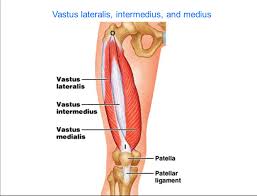
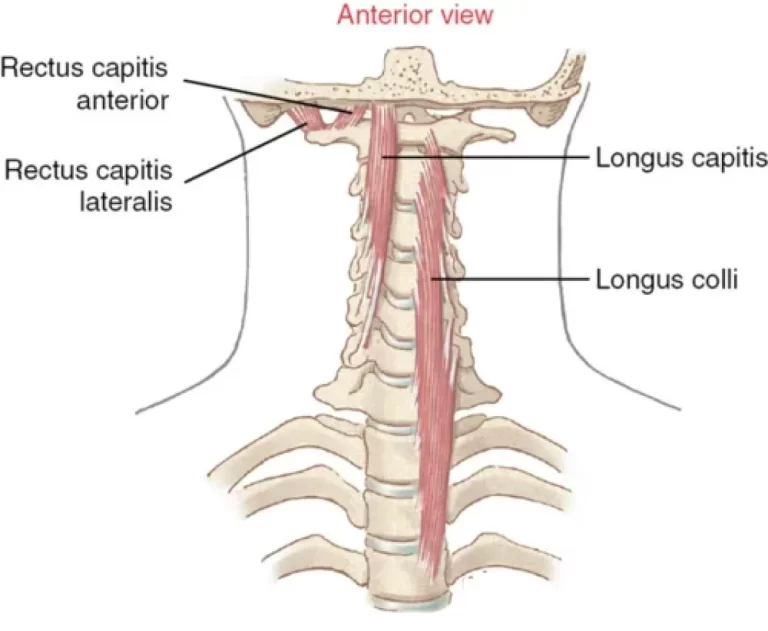
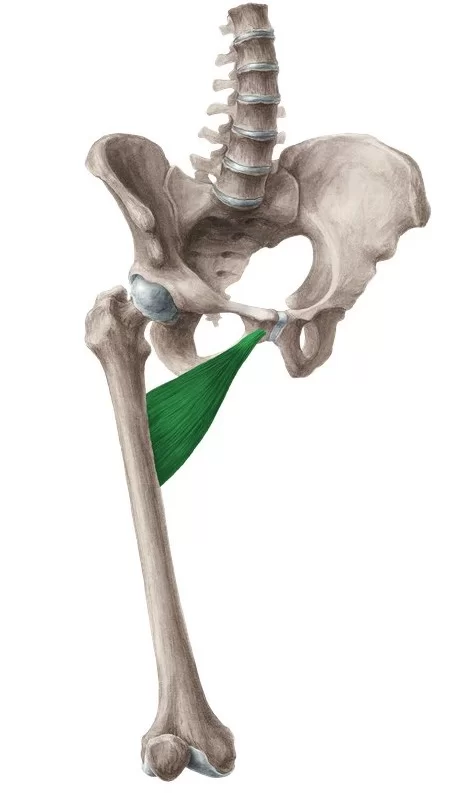
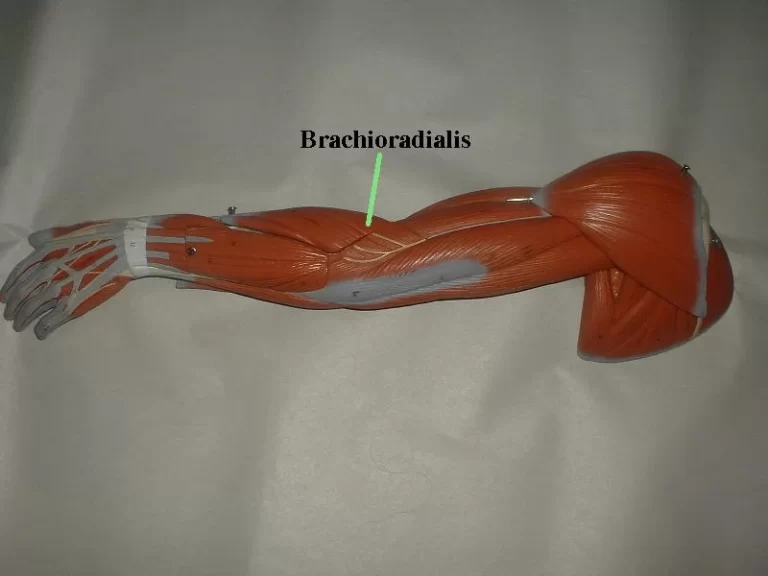
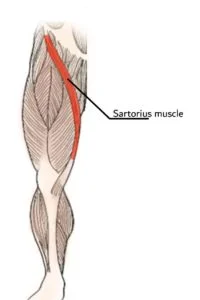
3 Comments